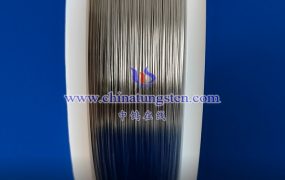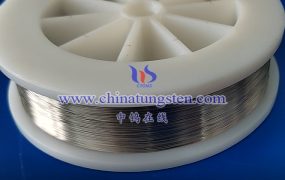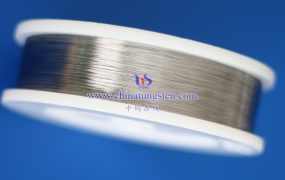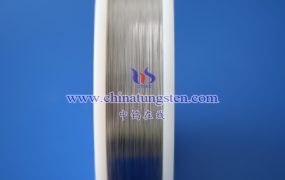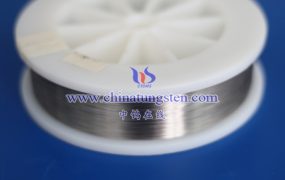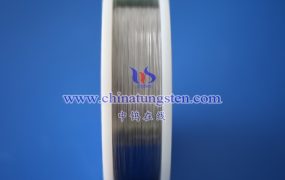Tungsten wire does need to be coated with a protective layer regularly in some application scenarios, which mainly depends on the working environment and usage requirements of the tungsten wire. The following is a detailed analysis of whether tungsten wire needs to be coated with a protective layer regularly:
- Tungsten wire oxidation problem
The surface of tungsten wire is easily affected by oxygen and water vapor in the air, resulting in oxidation reaction. An oxide film will form on the surface of the oxidized tungsten wire, which will cause it to lose its original excellent properties, such as electrical conductivity, thermal conductivity and mechanical strength. Especially in high temperature environments, the oxidation reaction will accelerate, further shortening the service life of the tungsten wire.
- The role of coating with a protective layer
Prevent oxidation: Coating with a protective layer can effectively isolate oxygen and water vapor in the air, thereby slowing down the oxidation rate of the tungsten wire and extending its service life.
Improve performance: Some protective layers can also improve the surface hardness and wear resistance of the tungsten wire, further enhancing its performance.
Protect the working environment: In some application scenarios, such as vacuum electronic devices, the oxidation of tungsten wire will produce impurities and gases, which will pollute the working environment. Coating a protective layer can reduce this pollution and improve the stability and reliability of the device.

- Types of coating protective layers
Anti-oxidation coating: This is a coating material specially used to prevent metal oxidation, which can effectively slow down the oxidation rate of tungsten filaments.
Tungsten silicide coating: Tungsten silicide (such as tungsten disilicide) is an important high-temperature anti-oxidation coating material. In a high-temperature oxygen environment, a dense silicon dioxide protective layer will form on the surface of the tungsten silicide coating to prevent oxygen from diffusing inward, thereby achieving the purpose of anti-oxidation.
- Timing and frequency of coating protective layer
Timing: Usually, the coating is applied before the new tungsten filament is put into use or when the tungsten filament shows signs of severe oxidation.
Frequency: The frequency of coating protective layer depends on the working environment and use requirements of the tungsten filament. In harsh environments, such as high temperature, high humidity or strong oxidizing atmosphere, the protective layer may need to be applied more frequently. In a relatively mild environment, the coating cycle can be extended.
- Precautions
Coating selection: The appropriate coating material should be selected according to the specific application scenarios and requirements of the tungsten filament.
Coating quality: The thickness, uniformity and adhesion of the coating will affect its protective effect. Therefore, the coating quality should be strictly controlled during the coating process.
Regular inspection: Even if the protective layer is applied, the tungsten wire should be inspected and maintained regularly to detect and deal with potential oxidation problems in time.
More details of tungsten wires, please visit website: http://tungsten.com.cn/tungsten-wires.html
Please contact CHINATUNGSTEN for inquiry and order of tungsten needles:
Email: sales@chinatungsten.com
Tel.: +86 592 5129595
